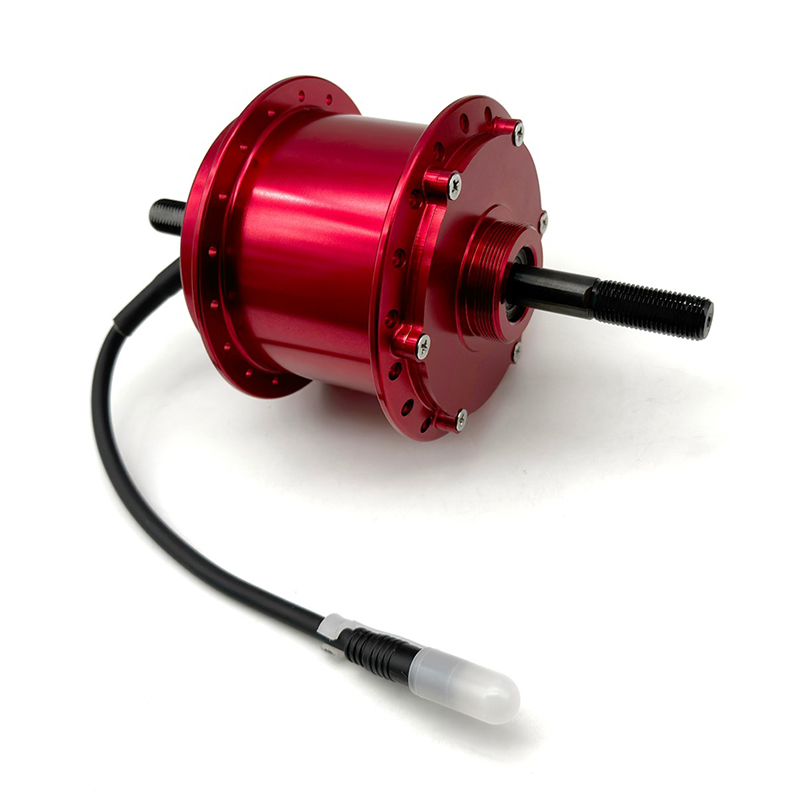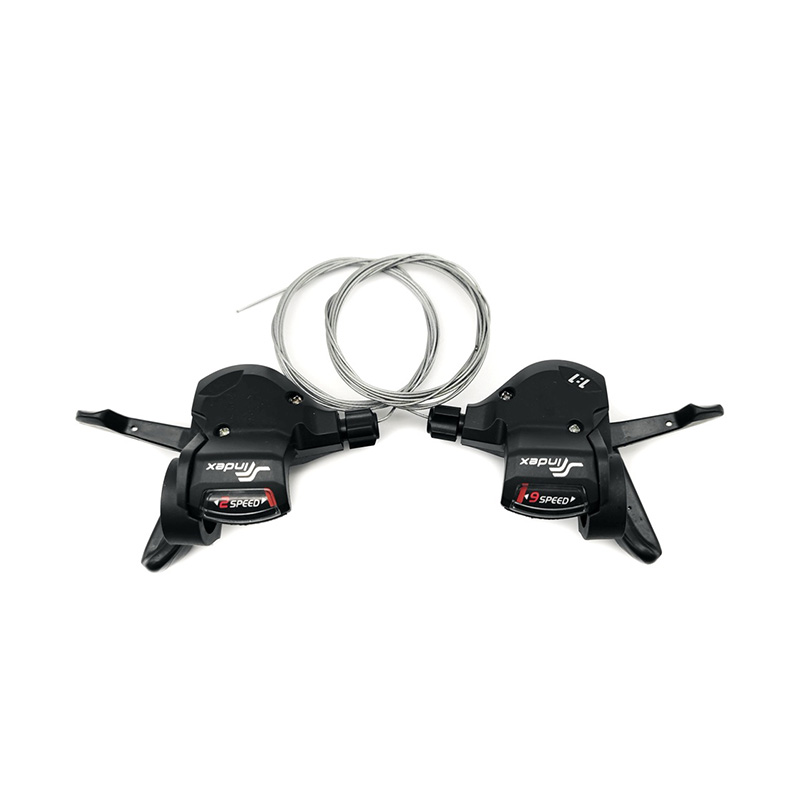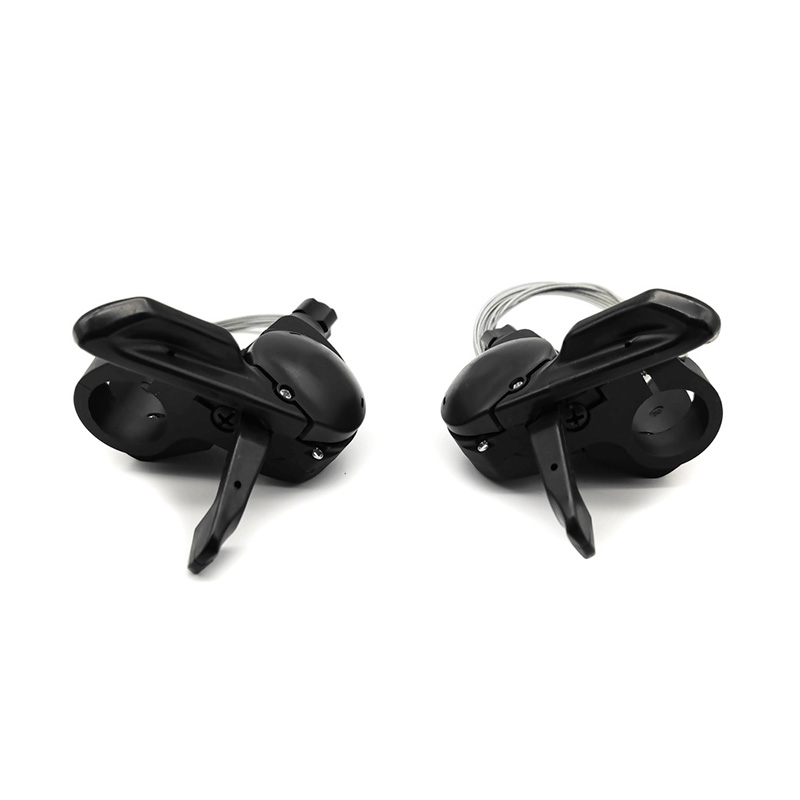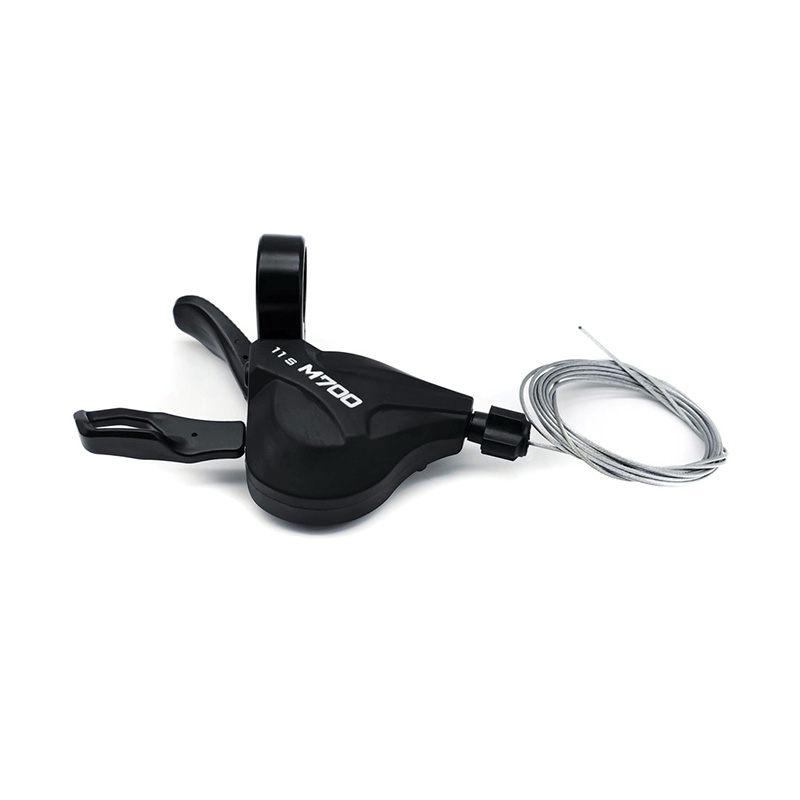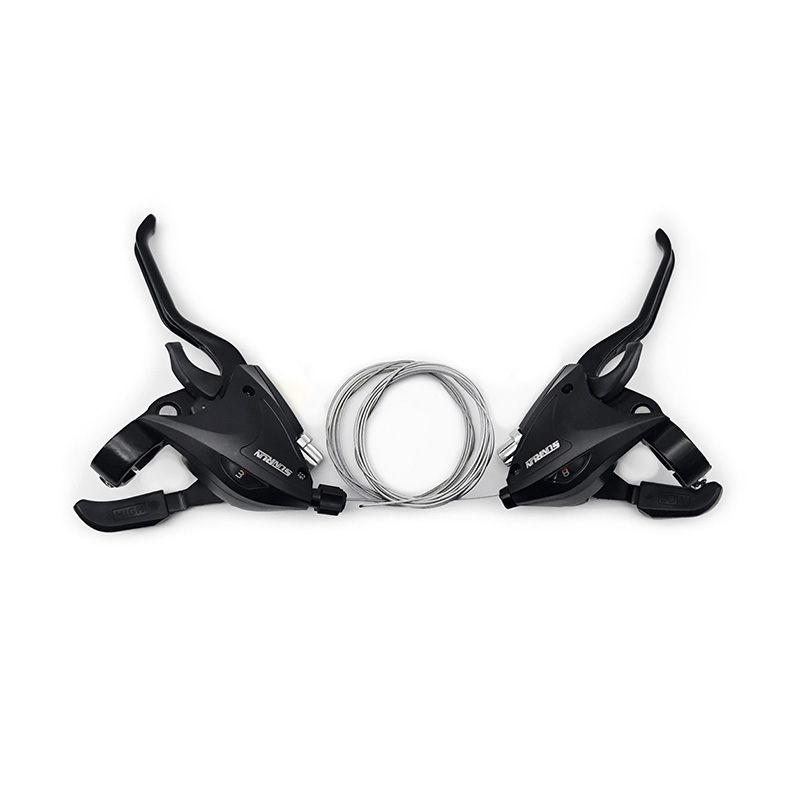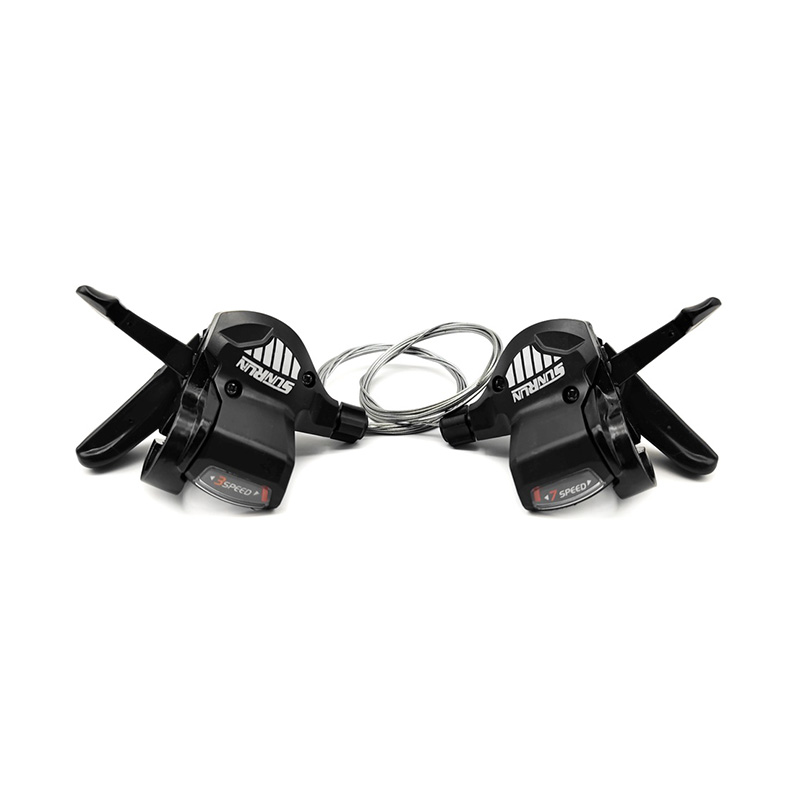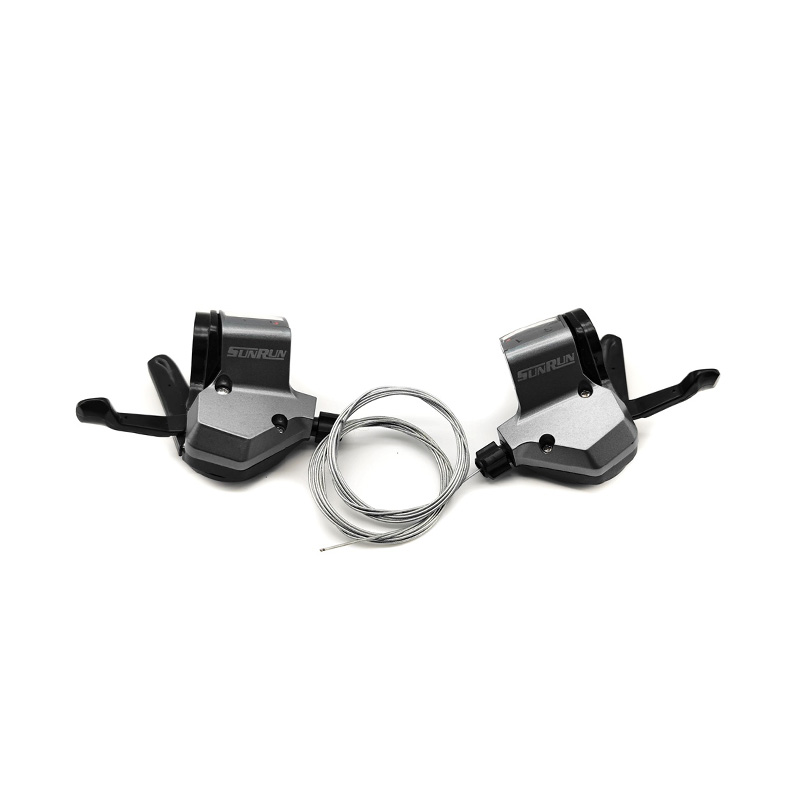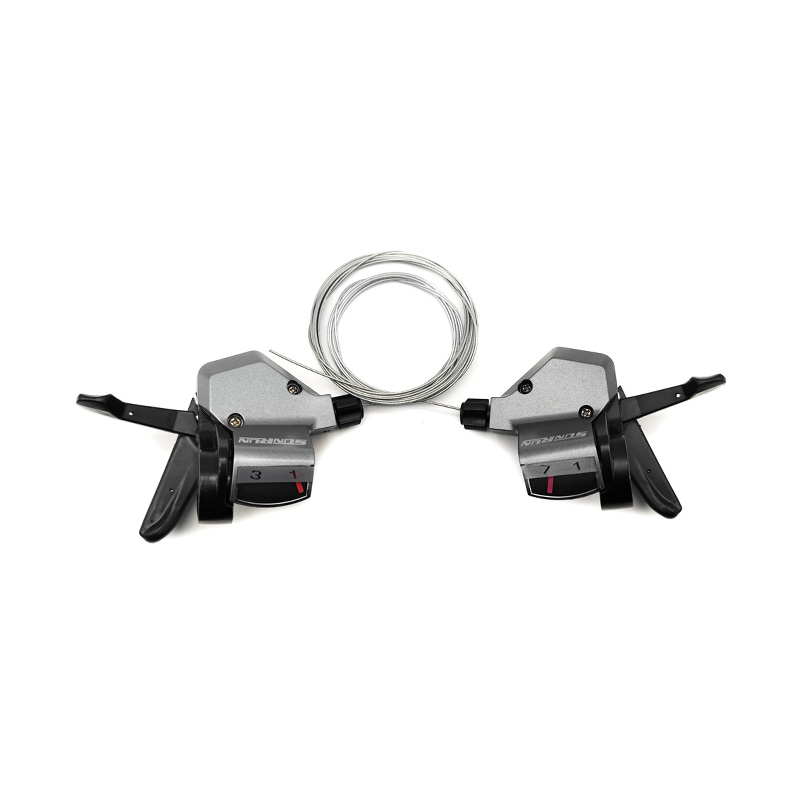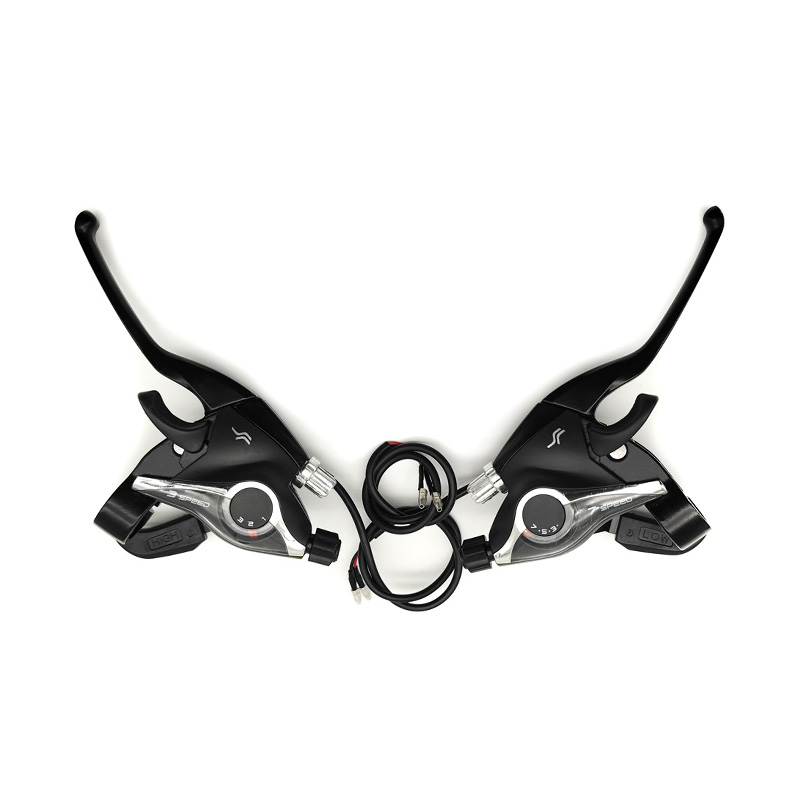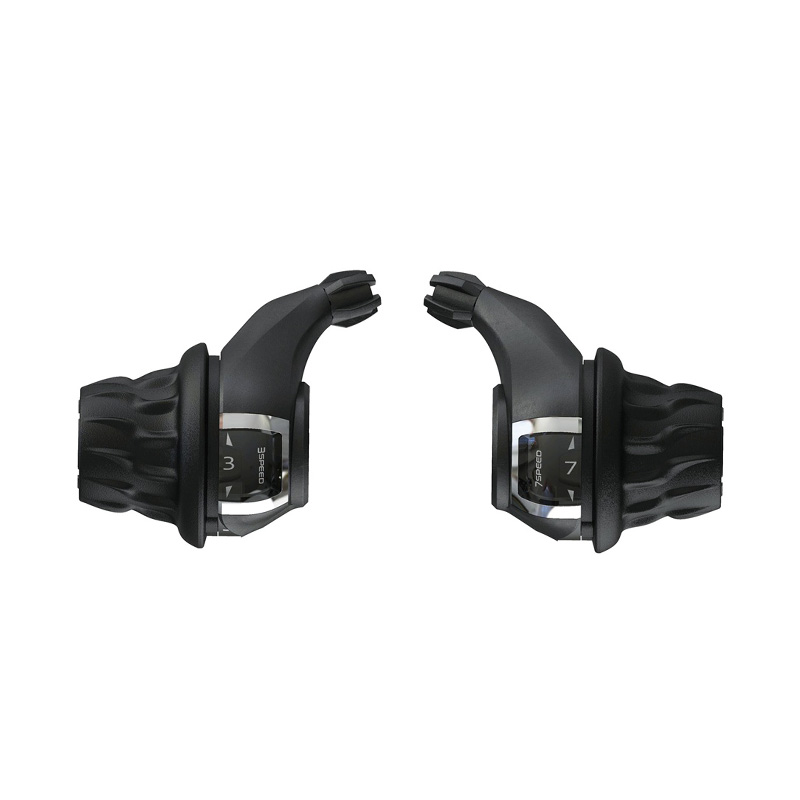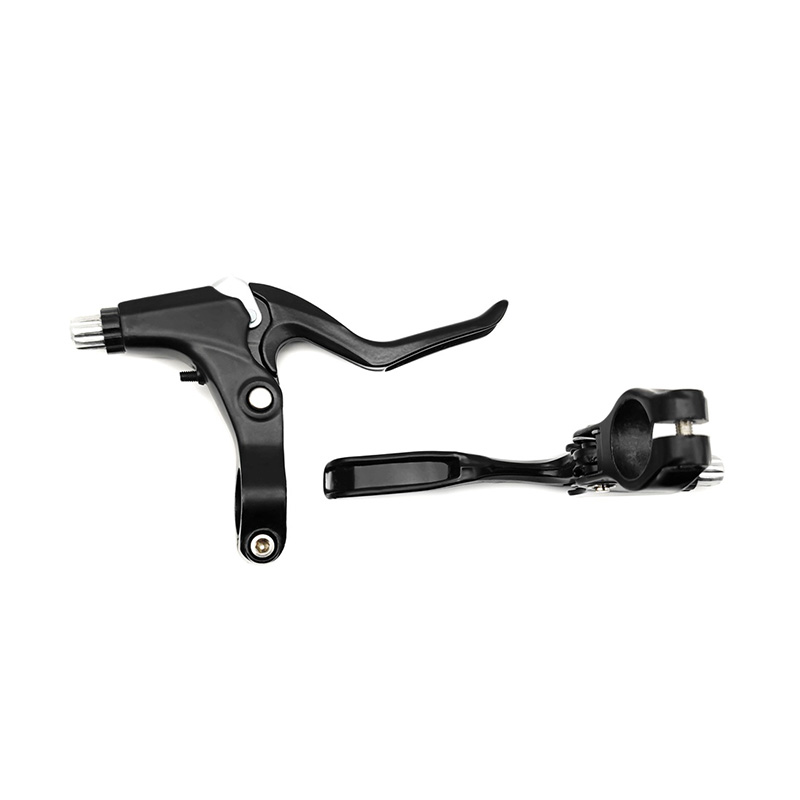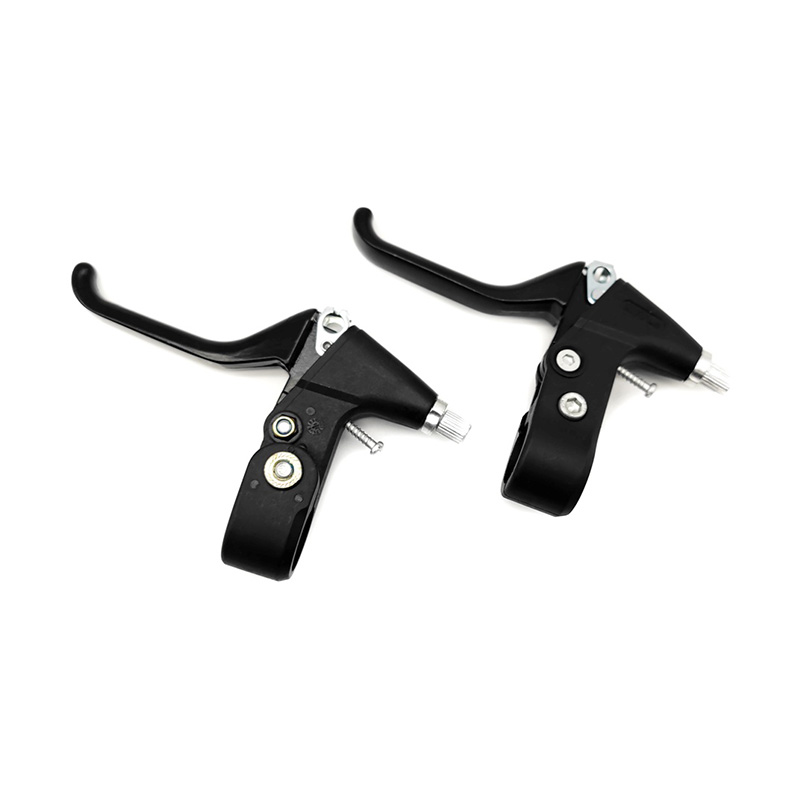Cleaning a Bicycle Single Speed Freewheel is the basis of maintenance, which can effectively remove sludge, dust and metal debris to prevent premature wear. First, prepare the necessary tools, such as a bristle brush, a chain cleaning brush, a neutral degreaser or a special bicycle cleaner, a dry cloth, a toothpick or a fine needle, and gloves. Before cleaning, you can turn the bicycle over or use a repair stand to fix it for easy operation. First, use a dry cloth or brush to remove the dust and dirt on the surface of the flywheel, then spray a neutral detergent on the flywheel teeth and gaps, and let it stand for 1-2 minutes to dissolve the sludge. Then, use a bristle brush to repeatedly brush along the edges and grooves of the teeth, focusing on cleaning the black sludge accumulated between the teeth. If it is a live flywheel, be careful to avoid lateral high-pressure washing to prevent water from entering the bearing. You can use a cotton swab dipped in detergent to wipe the gap of the ratchet housing. Finally, wipe the flywheel with a damp cloth, avoid direct high-pressure water guns, and wipe it thoroughly with a dry cloth, or blow away the residual moisture with compressed air.
Lubrication reduces metal friction and prevents premature wear of the flywheel and chain. It is important to choose the right lubricant: dry lubricants are suitable for dry and rainless environments and are not easy to absorb dust; wet lubricants are suitable for humid or rainy areas and are more water-resistant. Avoid using WD-40 or ordinary motor oil. When applying oil, just drop 1-2 drops of lubricant on the contact surface between the flywheel and the chain, then step on the crank to let the chain drive the flywheel to rotate so that the oil penetrates evenly. Finally, wipe off the excess oil layer on the surface of the flywheel with a cloth to prevent dust accumulation.
Regularly check the wear of the flywheel to avoid sudden failures. If the tooth tip becomes sharp or has a "hook-like" deformation, it means that the flywheel is worn and needs to be replaced. At the same time, flywheel wear is often accompanied by chain stretching, which can be measured with a chain ruler. If the stretch exceeds 0.75%, the chain and flywheel should be replaced simultaneously. If there is an abnormal noise when riding, it may be due to lack of oil, dirt stuck or flywheel/chain wear. You can clean and re-lubricate it first. If the problem persists, you need to check whether the gears are deformed or damaged. After riding in a wet environment, the flywheel should be wiped dry in time and a thin layer of rust inhibitor should be applied to prevent rust.
To ensure the long-term stable operation of the flywheel, it is recommended to clean and lubricate it every 200 kilometers or every month. The maintenance cycle should be shortened in harsh environments. Avoid using acidic or alkaline detergents when cleaning to avoid corroding the metal, and do not use steel wool to scratch to avoid damaging the flywheel surface coating. In addition, when cleaning the flywheel, the chain, tooth plate and rear derailleur should be checked simultaneously to ensure that the entire transmission system works in harmony.

 中文简体
中文简体 English
English
